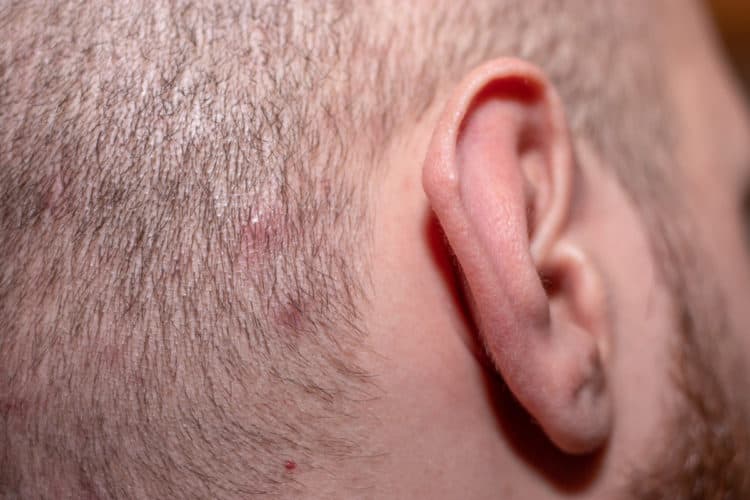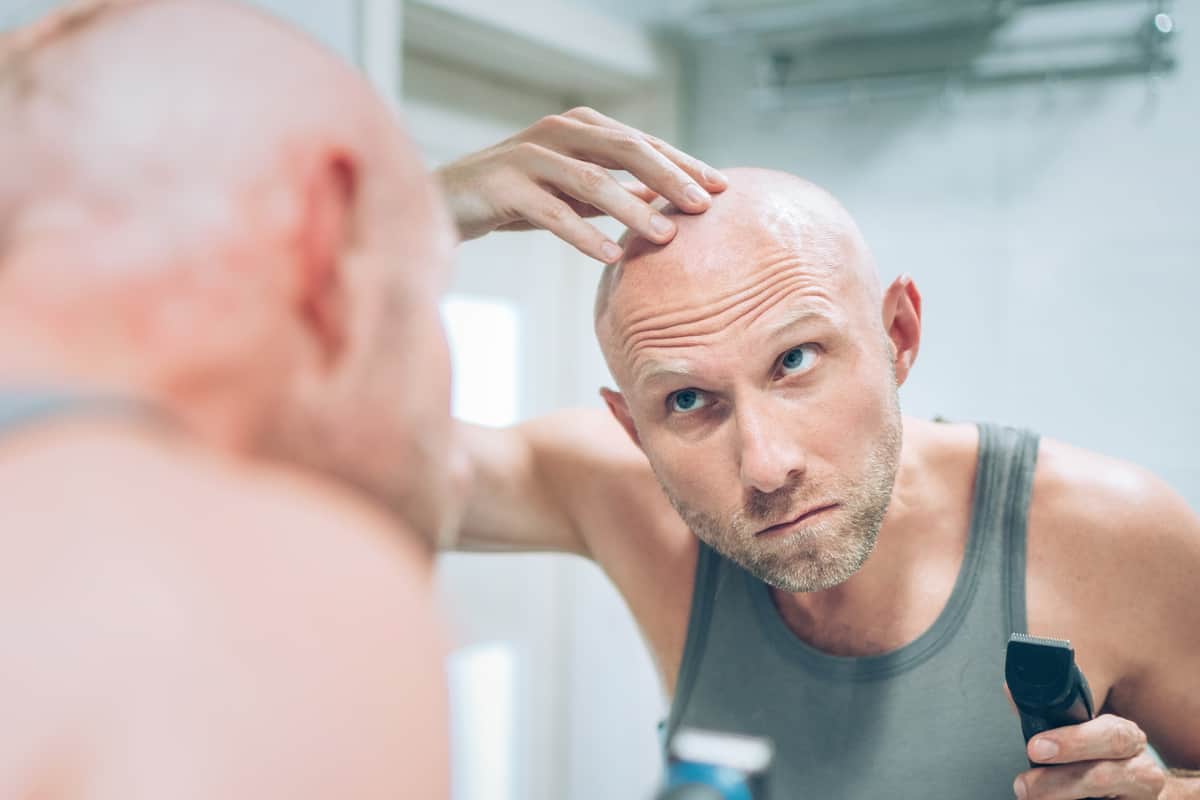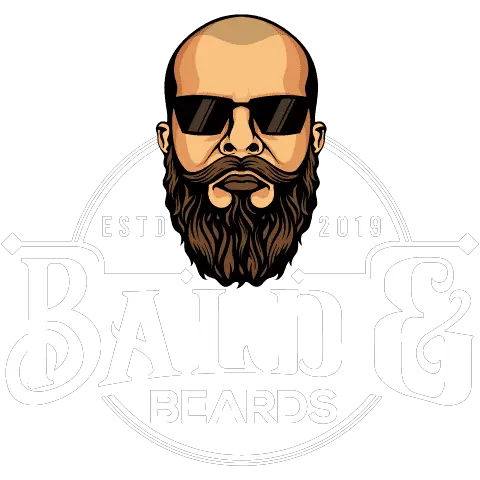Everyone has experienced an ingrown hair at one point or another. Ingrown hair on scalp problems can be treated quickly, but preventing ingrown hairs often requires investing in better hair and scalp care.
There are many ways to treat and prevent ingrown hairs on your scalp, especially with a good head care routine. We’ll explore why ingrown hairs develop and how to treat them quickly.
What’s an Ingrown Hair on Head?
Ingrown hairs on your scalp are annoying, itchy, painful red bumps on top of your head. Ingrown hair can happen anywhere you have hair follicles, including your scalp. This condition is typically caused by problems with hair removal, such as head shaving, tweezing, waxing, or poor hygiene.
Ingrown hairs are caused by cut hair follicles growing back and curving into the skin, which can cause inflammation and pain. Ingrown hairs can also be difficult to remedy and require professional care.
Do you have an ingrown hair on your head? Removing hair with a dull blade razor is the primary cause of improper hair growth. Typically, ingrown hairs will go away in a few days on their own.
Most of the time, these pesky bumps pop up around the back of your head and around the neck, which makes it hard to tell whether it’s an ingrown hair or scalp acne.

First Signs
Typically, ingrown hairs may appear as razor bumps. Sometimes curly hair also gets trapped more often than areas where straight hair grows.
The first step to treating an ingrown hair on your scalp is determining whether or not it’s acne.
Ingrown Hairs
These start at the hair follicle level where hair becomes trapped and can’t break the skin’s surface.
Pimples/Zits
These occur at the sebaceous oil gland level. Excess oil gets trapped under the skin and creates a bump filled with pus.
Once you’ve identified the ingrown hair, you can treat it with certain medications or even pry out a hair using a sterile needle.
Treatment
If your ingrown hair isn’t going away within a few days, then it may need more help growing out. There are a few things you can do to speed up and heal your ingrown hair:
Don’t Shave
Avoid any hair removal methods that caused the ingrown hair. Stop shaving areas with ingrown hairs and razor burn so they can heal properly.
Hot Compress
Warm up a hot washcloth with warm water and apply to our ingrown hair. It should soften the skin and allow trapped hairs to grow out.
Exfoliate
After a compress, the best thing you can do is use a gentle exfoliating cleanser. See our guide for How to Exfoliate for a Clear Scalp.
Salicylic Acid
Apply this ointment to clear up inflammation and dead skin cells. There are also shampoos with salicylic acid ingredients.
Antiseptic Shampoo
Medicated shampoos can also prevent ingrown hairs, especially if it contains tea tree oil.
Aloe Vera
Aloe vera creams and ointments can help heal your ingrown hair faster.
No Hats or Bandanas
It’s important to let your head breathe and avoid adding any more sebum or oil production to your head under a hat.
Reduce ingrown hair and razor bump redness in just minutes with Tend Skin Ingrown Hair Solution for men & women. It also cleans scalp and performs a micro-peel. Awesome product!
If the ingrown hair becomes larger or doesn’t break to allow the hair free, it may be infected, which could require topical antibiotics.
It’s important to keep your scalp clean and use medicated treatments prescribed by a doctor if nothing else works.
Prevention
It’s best to be patient and resist popping an ingrown hair. Here are some other ways to prevent issues with ingrown hairs and infection:
- Don’t shave your scalp when it’s dry.
- Use a warm compress or get in the shower to open up your pores with warm water.
- Shampoo and condition your head with moisturizing products.
- Always use a shaving cream.
- Don’t use dull razors.
- Try a good electric head shaver to get a smoother head.
- Use a medicated dandruff shampoo if you have dry skin.
- Towel dry and pat your head, rather than rubbing a towel on your skin.
- Avoid wearing hats and always take a shower after sweating.
How to Prevent an Ingrown Hair Infection
One thing that causes more problems for ingrown hairs is when you pick or try to “pop” one of these bumps. You may feel tempted to do this if you can see the hair poking through and want to coax it out from under your skin.
Before you do this, cleanse your hands thoroughly and use a sterilized tool such as tweezers to pull the hair through gently. However, this can still lead to scarring and infection if not done by a professional aesthetician.
Quick Summary
While ingrown hairs can go away on their own, they’re incredibly irritating at first and can itch profusely. Tea tree oil, aloe vera, and salicylic acid are a few treatments that really work.

As hairs start growing back into the skin and you notice ingrown hairs happening more often or in clusters, it may be a chronic skin condition. Here, seek professional help and have your condition medically reviewed by a dermatologist.
If you do have an ingrown hair on your scalp, avoid touching your scalp, as it could introduce more bacteria and other irritants that could prevent it from healing faster.



